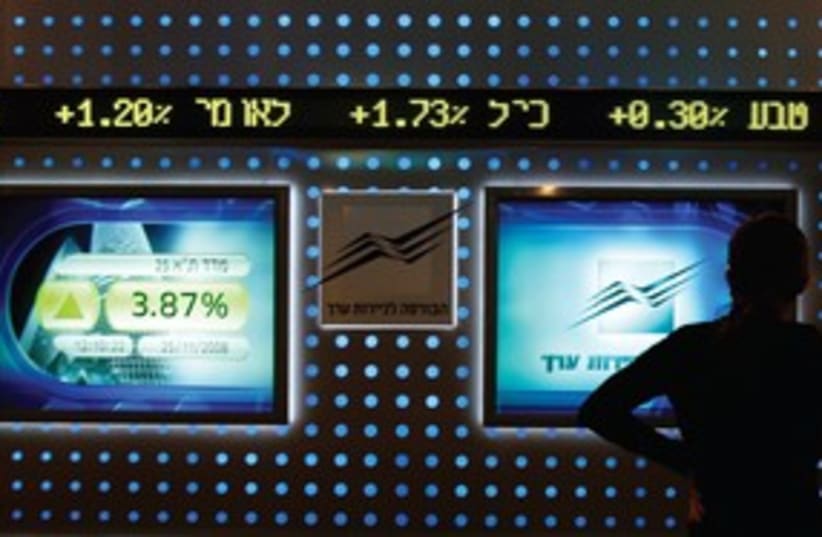Classic asset allocation can be loosely defined as an investment strategy that aims to balance risk and reward by allocating a portfolio’s assets according to an individual’s goals, risk tolerance and investment horizon. The three main asset classes – equities, fixed income, and cash and equivalents – have different levels of risk and return, so each will behave differently over time. The downside to this strategy is that it doesn’t really change as markets do, and it provides little value added. It’s very static, and investors may suffer. It doesn’t take a rocket scientist to see that if the economic fundamentals in Western Europe are lousy, and there are all kinds of structural problems as well, why continue to invest there? That’s where strategic allocation comes into play. Investors can look at certain macro- or microeconomic data, country growth forecasts, stock valuations, etc. and decide whether an investment is appropriate at this time. It allows investors to actually think strategically to decide on the right investment mix based on the current climate, not based on models that use 100 years of data to determine investment policy (which has little relevance to current reality).To illustrate this point, it used to be that allocation models would call from anywhere between 5%-10% of a portfolio to be held in cash. This was great when cash deposits actually paid 4%-6% interest. If you use a model based on 100 years of historical return, you would expect to get a 4%- 6% return on cash. Well, as we all know, investors today get virtually nothing on cash deposits. So by keeping up to 10% of your portfolio in cash, you are basically writing off any return for a significant part of the portfolio. We like to refer to that as “dead money.” Strategic allocation would take this into account, and a 2%-3% short-term bond or maybe a preferred stock would potentially be suggested instead as an alternative to cash.The world is a dynamic place, and your portfolio should be smartly allocated. Investing strategically requires a more hands-on approach and may not be for all investors or advisers. Speak to your financial adviser to see if this strategy fits your investment profile.aaron@lighthousecapital.co.il Aaron Katsman is a licensed financial adviser in Israel and the United States who helps people with US investment accounts.
Euro chaos: The reason for strategic allocation
Your Investments: How long are investors expected to be slaves to classic asset-allocation models before they realize that not only are they not making any money, but that all the promised stability never materialized?

Classic asset allocation can be loosely defined as an investment strategy that aims to balance risk and reward by allocating a portfolio’s assets according to an individual’s goals, risk tolerance and investment horizon. The three main asset classes – equities, fixed income, and cash and equivalents – have different levels of risk and return, so each will behave differently over time. The downside to this strategy is that it doesn’t really change as markets do, and it provides little value added. It’s very static, and investors may suffer. It doesn’t take a rocket scientist to see that if the economic fundamentals in Western Europe are lousy, and there are all kinds of structural problems as well, why continue to invest there? That’s where strategic allocation comes into play. Investors can look at certain macro- or microeconomic data, country growth forecasts, stock valuations, etc. and decide whether an investment is appropriate at this time. It allows investors to actually think strategically to decide on the right investment mix based on the current climate, not based on models that use 100 years of data to determine investment policy (which has little relevance to current reality).To illustrate this point, it used to be that allocation models would call from anywhere between 5%-10% of a portfolio to be held in cash. This was great when cash deposits actually paid 4%-6% interest. If you use a model based on 100 years of historical return, you would expect to get a 4%- 6% return on cash. Well, as we all know, investors today get virtually nothing on cash deposits. So by keeping up to 10% of your portfolio in cash, you are basically writing off any return for a significant part of the portfolio. We like to refer to that as “dead money.” Strategic allocation would take this into account, and a 2%-3% short-term bond or maybe a preferred stock would potentially be suggested instead as an alternative to cash.The world is a dynamic place, and your portfolio should be smartly allocated. Investing strategically requires a more hands-on approach and may not be for all investors or advisers. Speak to your financial adviser to see if this strategy fits your investment profile.aaron@lighthousecapital.co.il Aaron Katsman is a licensed financial adviser in Israel and the United States who helps people with US investment accounts.